Cold-blooded animals, or ectotherms, are particularly sensitive to temperature changes. These creatures depend on external sources of heat to regulate their body temperature, which means extreme cold can be a major threat to their survival. In this article, we’ll dive into the top 10 animals that are afraid of cold, showcasing just how different species react when temperatures drop. These animals can’t handle the cold and have fascinating survival strategies to deal with it.
One of the cold-sensitive animals is tropical fish, particularly species like the clownfish and betta fish. These fish are highly dependent on warm water and thrive in temperatures that are usually above 22°C (72°F). When exposed to cooler water, their metabolism slows, and they can become sluggish or even sick.
Tropical fish are commonly found in warm ocean waters or tropical freshwater lakes, and they require stable, warm temperatures to stay healthy. Their cold sensitivity is one reason why many aquarium owners use heaters to maintain ideal water conditions for their fish.
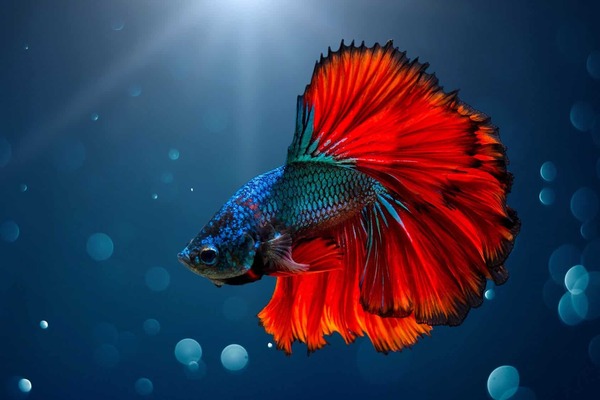
Earthworms are another example of animals that can't handle the cold. These humble creatures typically thrive in environments where the temperature is at or above 20°C (68°F). As the soil cools down, earthworms become less active and may even die off in extremely cold conditions. They rely heavily on the temperature of the soil to stay active and productive.
Earthworms play a critical role in soil aeration and the decomposition process, but they have a limited ability to adapt to cold environments. In many areas with harsh winters, earthworm populations decline drastically, affecting soil quality and plant growth.
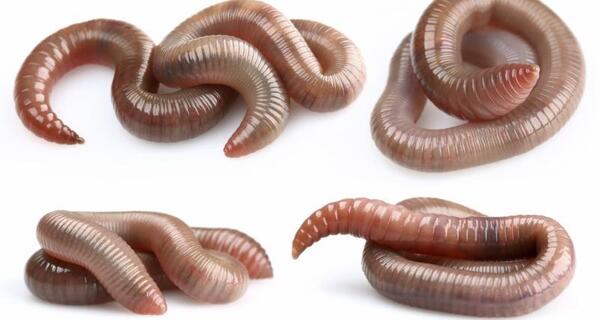
Crocodiles, as cold-blooded reptiles, are highly sensitive to cold temperatures. They thrive in tropical and subtropical environments where the temperature typically exceeds 20°C (68°F). When the temperature drops below this threshold, crocodiles enter a state of lethargy, severely limiting their ability to hunt or reproduce.
Cold temperatures cause crocodiles to become inactive, which can jeopardize their survival if it lasts for too long. In regions where winter temperatures dip below 20°C, crocodile populations tend to decline or become highly restricted in their behavior and movement.
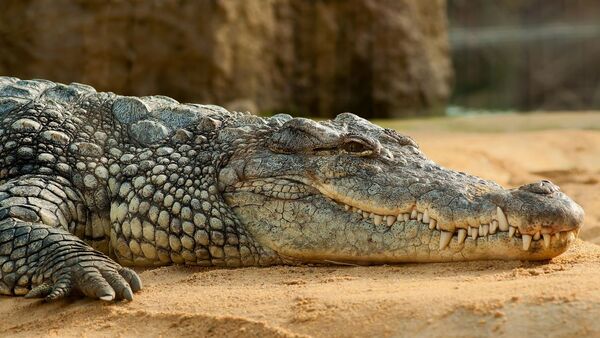
Snails are particularly sensitive to cold weather. Most species struggle to survive in temperatures below 14°C (57°F). Cold environments slow down their metabolism, making it hard for them to move or feed. In extreme cold, snails may go into a state of dormancy, closing their shells and waiting for warmer weather.
This cold sensitivity is why you’ll typically see snails thriving in temperate climates where the temperature remains relatively stable year-round. In colder regions, snail populations are limited, and many species become dormant during the winter months.
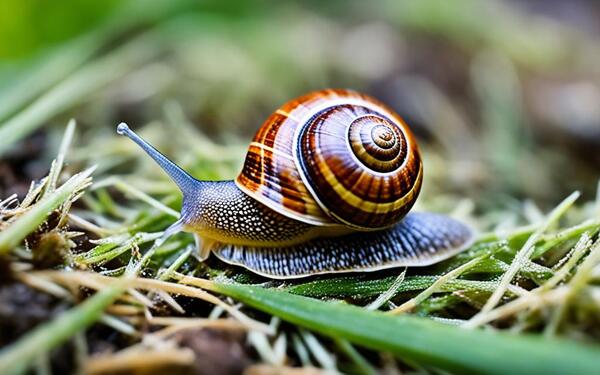
Frogs are another group of animals that can't handle the cold too well. Most species of frogs become lethargic when the temperature drops below 10-12°C (50-54°F). They rely on the environment to regulate their body temperature, and cold weather can make it difficult for them to hunt or even breathe.
Some species have adapted by hibernating in burrows or under logs during the winter, but prolonged exposure to cold temperatures can be deadly for frogs. Their cold sensitivity limits where they can live, with most species found in warmer regions or areas with mild winters.
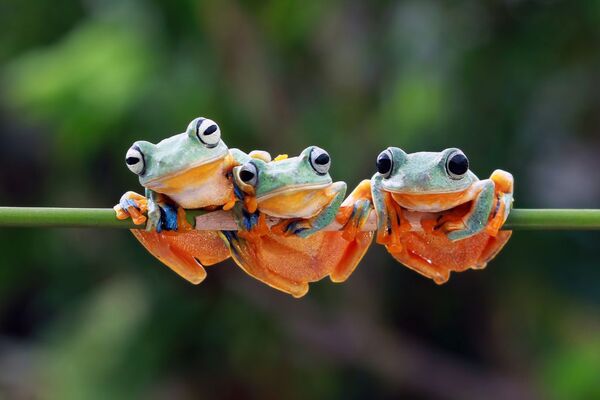
Turtles are also cold-sensitive creatures, and most species cannot survive in temperatures below 10°C (50°F). Like other reptiles, turtles are ectothermic, meaning their body temperature fluctuates with the environment. In cold weather, their metabolism slows down significantly, making them inactive and vulnerable to predators or harsh environmental conditions.
To survive colder months, many turtles hibernate or burrow into the mud. However, if the temperature drops too quickly or too low, they may not survive, which is why they are typically found in warmer climates.
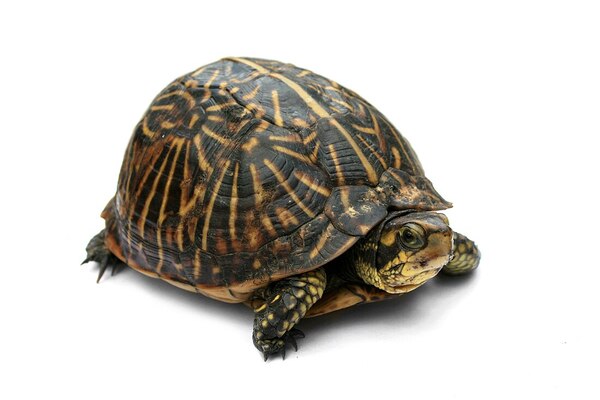
Similar to frogs, toads are another type of amphibian that cannot tolerate extreme cold. They are sensitive to temperatures that dip below 10°C (50°F). When temperatures fall too low, toads enter hibernation or burrow underground to survive. During this time, they enter a semi-dormant state, where their metabolism slows down significantly.
Toads are often seen in temperate and subtropical climates, where the temperatures remain moderate throughout the year. In regions with harsh winters, toad populations are generally sparse or may not exist at all.
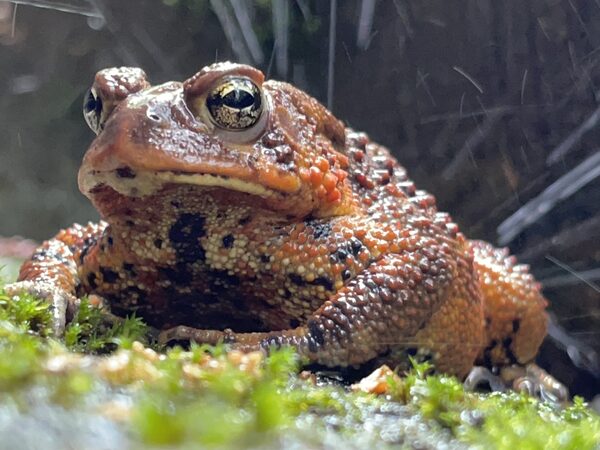
Snakes, like many other cold-blooded animals, are incredibly sensitive to drops in temperature. They struggle to function in temperatures lower than 7-8°C (45-46°F). When temperatures drop, snakes become sluggish and are unable to hunt effectively. In extreme cold, many species of snakes enter hibernation or brumation, a form of dormancy that helps them conserve energy until the temperature rises again.
Snakes are often found in warm, tropical, and temperate climates where the temperature rarely drops below the threshold that makes them inactive or causes them harm. They rely heavily on environmental warmth to regulate their body functions.
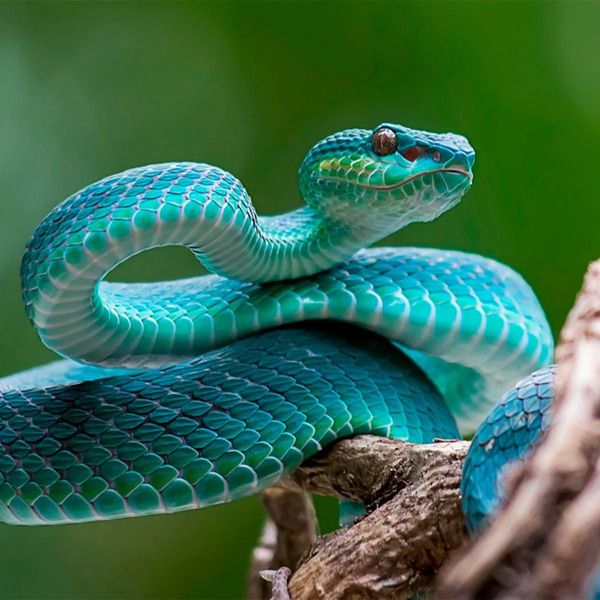
Hedgehogs are small, nocturnal mammals that are highly sensitive to the cold. When temperatures dip below 7°C (45°F), hedgehogs enter hibernation. During this period, they slow their metabolism and rely on fat stores to survive until the temperature warms up again.
While hedgehogs are commonly found in Europe and parts of Asia, their survival depends heavily on the temperature. In areas with prolonged cold spells, their population may decrease due to the inability to find enough food during hibernation.
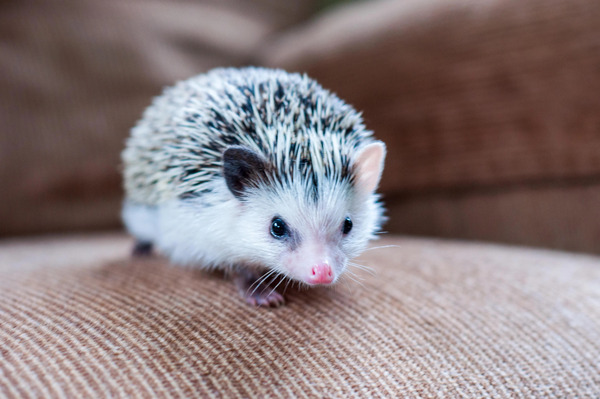
Koalas are native to Australia and are known for their sensitivity to cold temperatures. These marsupials have a low tolerance for cold weather and struggle to survive when temperatures fall below 5°C (41°F). Koalas have thick fur to protect them from the heat, but it is not effective in cold weather, making them vulnerable in regions with chilly winters.
In areas where the temperature regularly drops, koalas often seek shelter in trees with dense foliage, but prolonged exposure to cold weather can result in hypothermia and even death. Their cold sensitivity makes them highly dependent on Australia's relatively mild climate.

From tropical fish to koalas, many animals have evolved to thrive in specific environmental conditions, making them incredibly sensitive to cold. These cold-sensitive animals are reminders of how crucial temperature is to the survival of species, particularly those that are cold-blooded or ectothermic. Understanding these temperature thresholds helps scientists and animal lovers appreciate the delicate balance of nature and the diverse ways that different species adapt to their environments.
animal tags: koalas
We created this article in conjunction with AI technology, then made sure it was fact-checked and edited by a Animals Top editor.